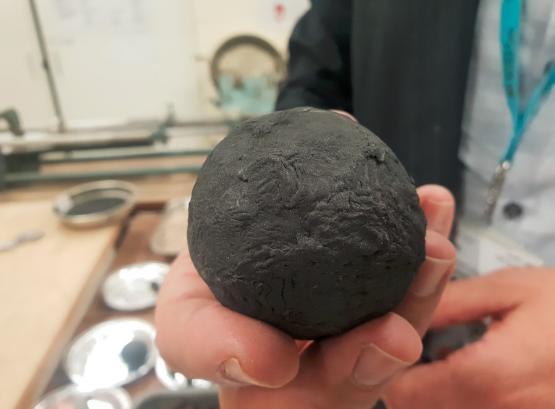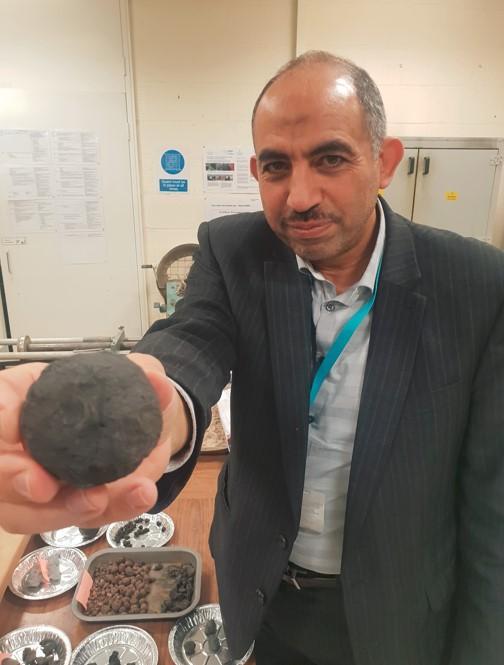Could sewers be used to heat our homes?
Thermal energy trapped in the sewer system could be used to heat our homes, according to a University of Bradford professor.

Professor Mostafa Mohamed, pictured below, is conducting research into technology that would dramatically improve the efficiency of heat pumps and says heat trapped in sewers could be harnessed efficiently.

Prof Mohamed said: “It’s not something the UK is doing enough of at the moment but it certainly has potential. We can recover heat from the soil, from tunnels and even sewers. But the technology needs to become more efficient and competitive to increase its adoption.”
The idea of recovering heat from sewers is discussed in detail in the research paper Modelling the potential for multi-location in-sewer heat recovery at a city scale under different seasonal scenarios, a co-authored study published in 2018. The University of Bradford was a partner on study to the feasibility of heat recovery from the sewer network in Antwerp - it was found that there is enough energy to provide between seven and 18% of the catchment’s need.
Prof Mohamed is currently focusing his research on investigating ways of improving the storage of excess heat in the ground, in particular the use of so-called ‘phase change materials’, which absorb or release large amounts of latent energy when they go through a change in their physical state, such as from solid to liquid.
Future homes could be self-heating
Prof Mohamed also looked at how heat exchange in the soil is affected after it is saturated by rainwater.
Prof Mohamed has already run trials on three houses in Dewsbury, each of which is fitted with an underground compact heat exchanger - they are the first houses in the UK to have the technology.
He and his team looked at ways to further enhance the efficiency of heat recovery using rainwater, for example by funnelling roof run-off into soakaway areas - initial experiments found that rainwater enhanced the recovery of energy from the soil by up to five times compared to when it was dry.
He said: “We are now working on a novel material that could be used to store heat energy in the ground, say during the summer months, and release it when it’s needed. This heat exchanger technology could be incorporated into the piles used to build houses, it could be incorporated into the foundations of a building, we could even use it to recover energy from sewers and tunnels.”
Prof Mohamed’s work on ground source heat recovery found that heat exchanger pipes encapsulated in heat store material had an increased heat transfer efficiency rate of 75% compared with those standard heat exchangers.
“What we are doing at the moment is to focus on how we can store heat when there is no demand and extract it when we need it. If we can enhance performance, we will lower the cost of energy for heating homes, it will be part of decarbonising and we will reduce our carbon footprint.”
The UK aims to reduce its greenhouse gas emissions by 78% by 2035 against the 1990 baseline set in the Climate Change Act 2008. Part of this reduction will include the use of low-carbon dioxide technologies at a residential level that is the highest end user of energy in the UK, accounting for 32% of total energy consumption.
Ground-source heat pumps are one of the four technologies listed in the domestic renewable heat incentive scheme opened on 9 April 2014 to help homeowners save money by contributing to the country’s greenhouse gas emission goals.
